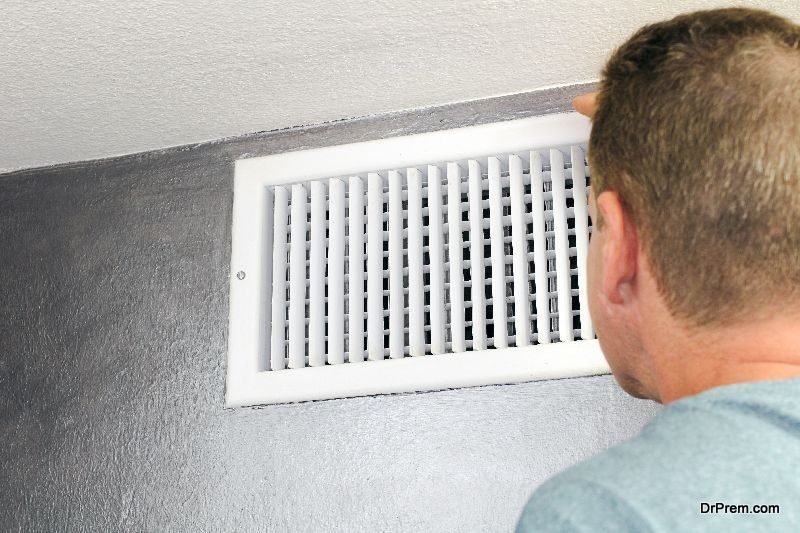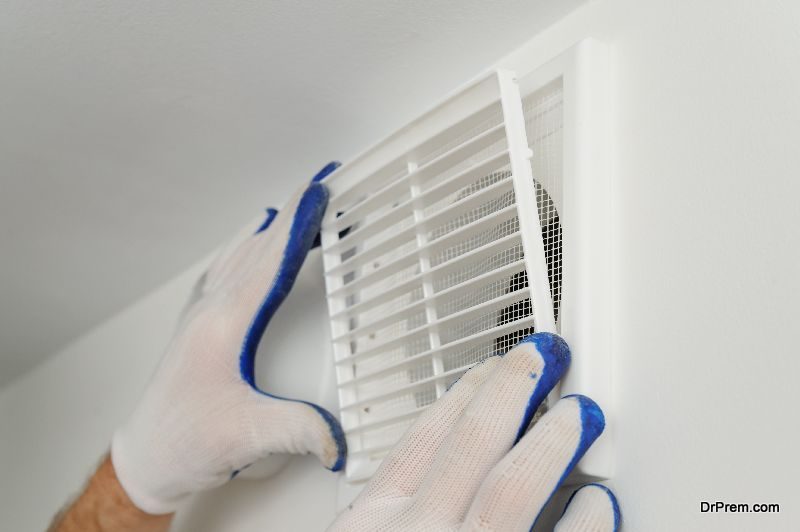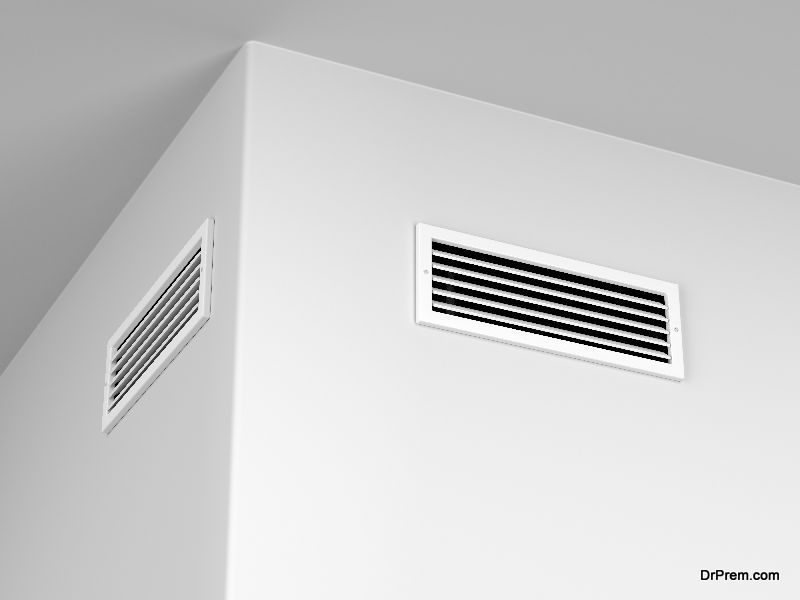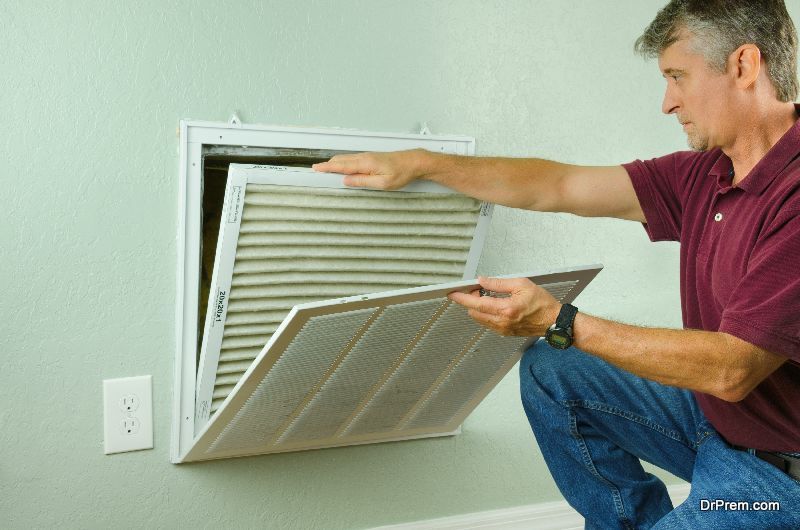Ventilation is important to have good air quality indoors. According to experts, good ventilation is important for the good health of the residents, as they trap pollutants and humidity. Whole house ventilation systems protect your home’s structure too. Ventilation systems reduce the loss of heat and cooling, thus reducing your homes, and Energy Recovery (ERV) and Heat Recovery technologies are sustainable green technologies which will maintain an optimum temperature in your home without causing harm to the environment. Check out a few whole house ventilation systems:
Exhaust Ventilation Systems

These systems work by depressurizing the home. They exhaust air from your home and fresh air enters your home through passive vents and leaks in the shell of your home. Exhaust systems are most suited to cold climates. In warmer, humid climates, the process of depressurization can draw humid air into the building’s cavities, which may then cause damage due to moisture condensation.
These systems are comparatively inexpensive and simple to install. They consist of just one fan which is connected to a central exhaust point in your home. Better exhaust ventilation occurs when the fan is connected to several ducts from different rooms, especially bathrooms. Passive, adjustable vents installed through windows and walls introduce fresh air into the house.
One drawback of this system is that, with fresh air, dust, fumes, gases and other pollutants may enter the house.
Balanced Ventilation Systems

In the balanced system of whole house ventilation, equal amounts of fresh air and indoor air is introduced and expelled out of the home. It has two fans and two ducts, and the air supply as well as exhaust vents are usually installed in the living rooms and bedrooms. The system can also be installed in every room. It exhausts air from bathrooms, kitchen and laundry room.
Balanced systems use filters in order to remove pollen and dust from the outside air, but not moisture before it enters the home. These systems are great for all climates but are a little more expensive than exhaust systems. Sometimes, outdoor air needs to be mixed with the indoor air to avoid the cold air drafts in winter.
Energy recovery ventilation systems

These systems are controlled methods of whole house ventilation, minimizing energy loss at the same time. They reduce the heating cost in winter as they transfer the heat from the warm inside air to the cold, fresh air. The opposite happens in summer, thus reducing the cooling cost. Energy recovery can be done through methods – enthalpy or energy recovery and heat recovery. Both the types need one heat exchanger, one or more than one fan to push the air through the machine.
The difference between the two types of recovery systems is that ERV systems’ heat exchanger transfers heat and water vapor but a HRV system transfers only heat. ERV systems, therefore, manages the humidity of the home along with heating and cooling, and the heat exchanger has fewer chances of freezing in the winter.
You can buy window or wall mounted models, but whole house systems with shared or won ductwork are available.
Energy recovery systems need more maintenance than other systems. You have to check regularly for bacteria and mold on the heat exchanger surfaces.
Supply Ventilation Systems

Supply whole house ventilation system uses one fan to pressurize the house, forcing air from outside into your home, while expelling indoor air through leaks, vents or ducts. These systems are comparatively affordable, allow for better control than other exhaust systems. Supply systems prevent the backdrafting of gases from appliances or fireplaces and filter pollen and dust from outside air. It allows dehumidification of outside air.
Natural Ventilation

This system is used to cool homes by replacing stuffy air from inside the house with cool, outside air. This system is good for mild climates, especially during the night, or on cool and dry days. On hotter days, the house should be closed, to limit any unwanted heat gain. Whole house fans are a type of natural ventilation system. You could use fences and plants to direct cold breezes into your home.
Whole house ventilation systems are great alternatives to air conditioners and HVAC systems as they do not release any harmful greenhouse gases into the atmosphere. Adopting these eco-friendly heating and cooling systems will enhance your sustainable, green lifestyle.



